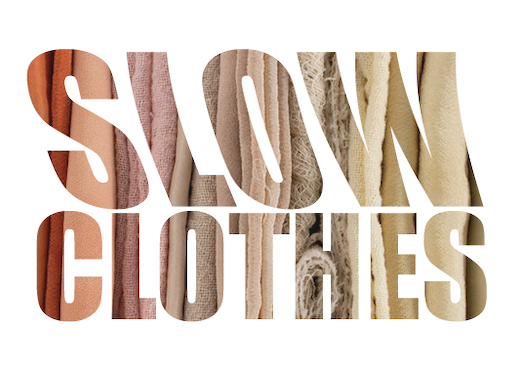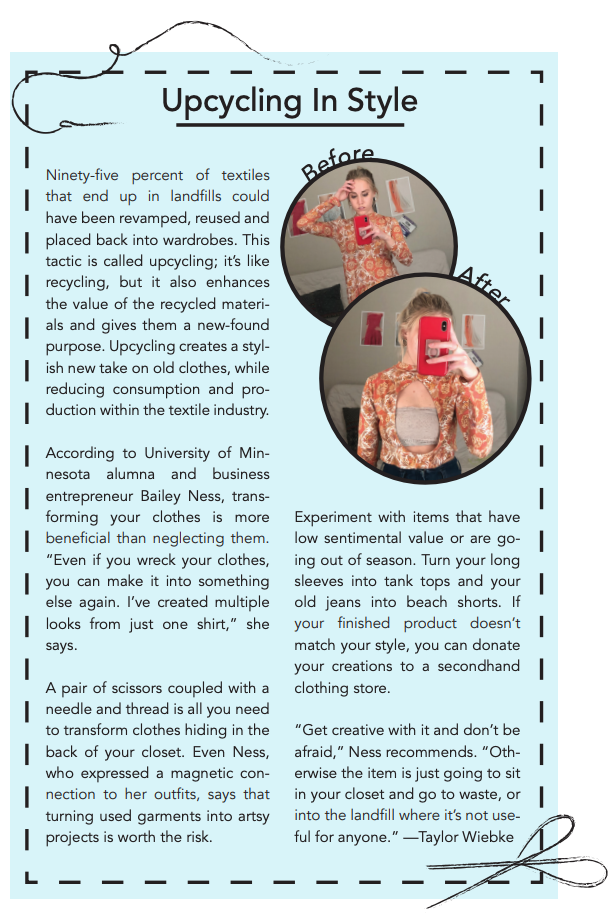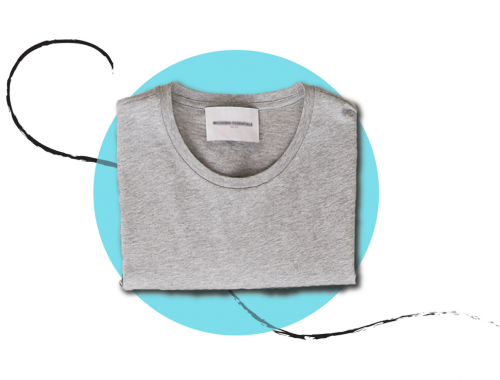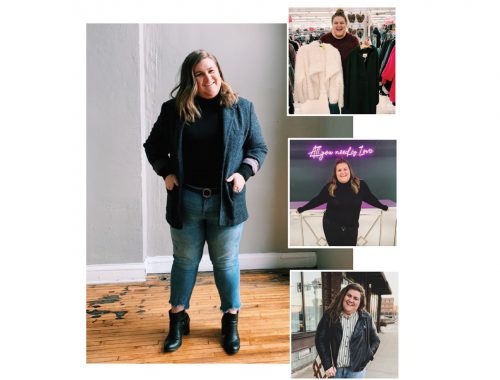
Slow Clothes
Slow-fashion is a catch phrase that is beginning to infiltrate the marketplace. It describes a movement and lifestyle that, among other things, promotes textile recycling, environmentally-friendly manufacturing and local production.

To fully grasp what slow-fashion acolytes advocate, it’s important to recognize the appeal of fast-fashion, which is a popular global business model. By using cheaper materials and large-scale manufacturing processes, merchandisers can flood the market with trendy, low-cost clothes. It’s a profitable model. It’s also hard on the environment and encourages irresponsible labor practices.
In 2015, according to a report by the Ellen Macarthur Foundation, the textile industry used 98 million tons of oil and 100 billion cubic meters of water. In 2017, discarded clothes released the equivalent of more than 50 billion plastic bottles into the ocean. A significant percentage of these textiles are manufactured in developing countries like Cambodia and Bangladesh, where labor conditions are poor and textile waste is discarded into landfills.
Sustainable Twin Cities boutiques like Spoils of Wear and Hazel + Rose combat these effects. They pride themselves on sourcing their inventory from local vendors that have more transparent, environmentally friendly manufacturing processes. Vintage shops in Minneapolis—including Flamingos Divine Vintage, Buffalo Exchange and Tandem Vintage—sell gently used items at a cheaper price. Equally sustainable online options include ThredUP and Poshmark.
University of Minnesota apparel design expert Lindsey Strange recommends consumers stop gobbling up fast-fashion (the average American owns about 80 pounds of apparel) and opt for fewer, higher-quality pieces of clothing, which tend to last longer and encourage sustainability. “Awareness is growing,” Strange concludes. “The fashion industry doesn’t like it, but if we start doing more they will be forced to listen.”









